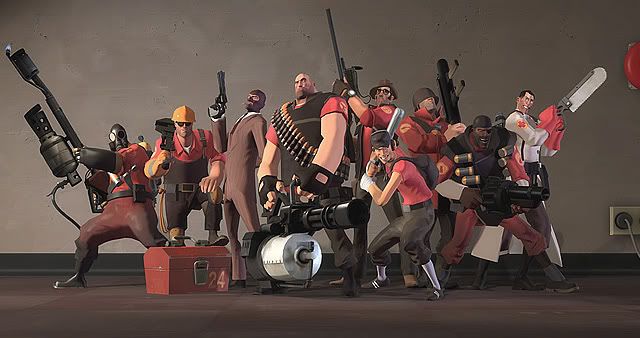
Slasher movies and torture porn will always have their place at Halloween and in the hearts and minds of horror fans. For me, effective and lasting horror does not necessarily have anything to do with buckets of blood or how stomach-turning the visuals are. Sometimes, the most penetrating stories of terror have less to do with what we see, and more to do with what we don’t; less about the delivery of lines, more about what’s left unsaid.
In terms of visuals, one of the most effective and haunting horror games I’ve ever played is Amnesia: The Dark Descent. A little indie gem from a few years back, Amnesia remains a game I have yet to finish. Some horror games like to throw their monsters directly at you in as loud and visceral a way possible, but Amnesia plays things with more subtlety. With no means to defend yourself, a limited amount of lighting in a game defined by darkness and shadows, and the addition of a sanity meter that makes things even more difficult if we’re alone in the dark for too long, when monsters appear (or don’t, but you know they’re there) it’s best to just run and hide. It’s frighteningly easy to lose track of where you’re going and what your goal for the moment is when you hear a moan or a scraping sound and you pretty much crap yourself in terror. The sensations created just through sound design and good use of the environment are, in a word, creepy.
Endermen in MineCraft also qualify. Dark-skinned creatures that appear in dark areas, Endermen are unique in that they won’t attack you right away. They’ll blink around with their teleportation powers, move blocks here and there, and stare at you. If you stare back, though… that’s when they become hostile. They scream. And they teleport directly behind you to attack you. Quite creepy.
Sometimes, though, the visuals and triggering mechanisms aren’t what stick in our minds as something that creeps us out. Sometimes, a person or object can appear completely normal, yet project that aura of vague discomfort that’s impossible to shake. This happens a lot when a character appears normal, but talks and acts in a way that hints that they’re not quite human, and perhaps only learned about humanity from reading a pamphlet or taking a correspondence course. The Observers in Fringe apply, especially September in the first season. The G-Man from Half-Life also springs to mind – courteous, polite, well-articulated, but… there’s definitely something wrong with him.
Stanley Kubrick is one of the best film directors to convey this sense of unease. Many of his shots in The Shining and A Clockwork Orange are off-putting in their framing, length, and presentation, even if the conversations within could be considered entirely mundane. But for me, one of the creepiest things he’s ever brought to life is the HAL 9000 from 2001: A Space Odyssey. Faceless antagonists range from Doctor Who’s Daleks with their stilted, loud voices and monstrous appearances concealed by armored throwbacks to low-budget sci-fi, to Michael Meyers and his silent, towering, knife-wielding menace. But HAL is unique. He’s not overtly malevolent, nor is he outwardly psychopathic. He is a computer. He is a construct of logic and reason. His actions, given his programming, make sense, when you think about it. And he never raises his voice, never swears, never even speaks ill of those he wrongs. This calm, even manner of speaking coupled with the unblinking gaze of his multiple cameras and the amount of control he exerts over the crew of the spacecraft Discovery make him one of the creepiest characters ever created.
What’s creepy for you? Who’s your favorite creepy antagonist?






